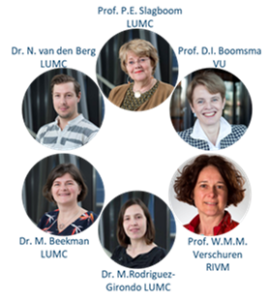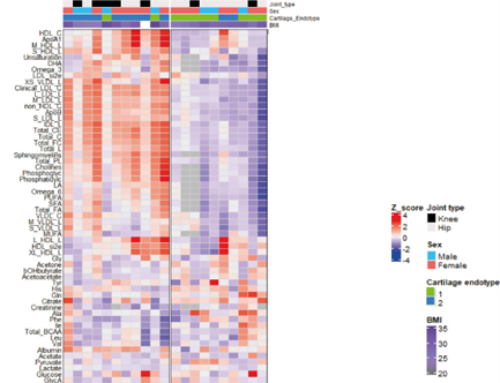Prestigious ZonMw Open Competition grant awarded to LUMC, Vu and RIVM
 Our life expectancy is increasing worldwide, but the years we spend in good health are lagging behind. People from long-lived families often reach exceptionally old ages without disease. How is that possible? A multidisciplinary research team from the LUMC, the VU and the RIVM has received funding from ZonMw to answer this question. In a 5-year project, the team will investigate the social, behavioral and genetic mechanisms that protect against age-related diseases and are important in healthy aging. The project will start around September 2021.
Our life expectancy is increasing worldwide, but the years we spend in good health are lagging behind. People from long-lived families often reach exceptionally old ages without disease. How is that possible? A multidisciplinary research team from the LUMC, the VU and the RIVM has received funding from ZonMw to answer this question. In a 5-year project, the team will investigate the social, behavioral and genetic mechanisms that protect against age-related diseases and are important in healthy aging. The project will start around September 2021.
Long life in the family
Exceptional families in which most people survive to old age in good physical and mental health show that it is physiologically possible to live very old in good health. Unlike others, we examine genes, social and behavioral factors together for their effect on healthy aging. Our multidisciplinary team therefore applies two approaches. In the first approach, we apply the latest genetic and social research techniques to unravel the influence of genetic and non-genetic factors on familial longevity. Next, we study the social and behavioral mechanisms underlying healthy aging. In the second approach, we identify novel genetic variants in the DNA sequences of long-lived families and study their interactions with social/behavioural factors. The mechanisms of these genetic variants include effects on mortality, (multi)morbidity, metabolic health and infectious diseases. For our research, we recruit families whose members have lived to be exceptionally old in several generations.
Impact: Healthy Aging in the General Population People from long-lived families escape or delay the development of age-related diseases and (multi)morbidity until extremely old ages. By studying these people, we learn how the underlying socio-biological and genetic mechanisms work and how they influence each other. With this knowledge, we can ultimately identify targets that can prevent common chronic age-related diseases in the general population.




